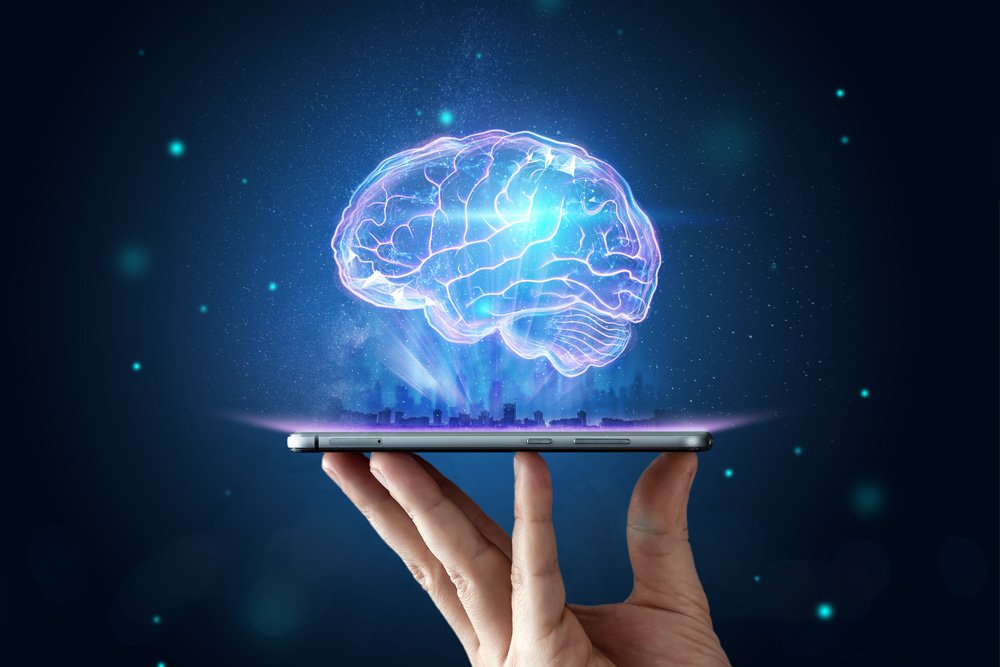Unleashing Adaptive AI’s Potential to Transform Technology
Introduction to Adaptive AI
Adaptive AI refers to artificial intelligence systems designed to adjust and evolve based on new data and changing environments. Unlike traditional AI, which relies on static rules and models, adaptive AI continuously learns from its interactions and experiences, enabling it to improve over time. This makes adaptive AI exceptionally versatile and powerful in a wide range of applications, from personalized learning systems to smart home devices and traffic management systems.
Importance of Adaptive AI
- Personalization: Adaptive AI systems can offer highly personalized experiences by learning from individual interactions. For instance, personalized learning platforms adjust their content based on each student’s progress and preferences, enhancing the learning experience.
- Efficiency: By optimizing processes in real-time, adaptive AI can significantly improve efficiency. In areas like supply chain management, adaptive AI can dynamically adjust forecasts and recommendations based on current data, leading to better resource management and cost savings.
- Innovation: Continuous learning and improvement enable adaptive AI to drive innovation across various industries, providing more accurate insights and facilitating smarter decision-making.
Difference Between Static and Adaptive AI
Static AI: Operates on pre-defined rules and models that remain unchanged once deployed. It excels at performing specific tasks but cannot adapt to new data without manual intervention.
Adaptive AI: Continuously learns and adapts from new data and interactions. This flexibility allows adaptive AI to maintain high performance even as conditions change, making it more suited for dynamic environments.

Benefits of Adaptive AI
- Improved Personalization: Adaptive AI can deliver highly customized experiences, enhancing user satisfaction.
- Enhanced Efficiency: By optimizing processes in real-time, adaptive AI can improve resource utilization and reduce waste.
- Continuous Innovation: Adaptive AI’s ability to learn and improve drives ongoing innovation and enhances overall system performance.
Drawbacks of Adaptive AI
- Complexity: Implementing adaptive AI requires significant technical expertise and resources, including robust infrastructure and skilled professionals.
- Data Dependency: The effectiveness of adaptive AI systems heavily relies on the quality and quantity of data they receive. Poor data can lead to inaccurate adaptations and decisions.
- Ethical Concerns: Adaptive AI must be designed with ethical considerations in mind to avoid biases and ensure fair and responsible use.
Real-World Examples of Adaptive AI
- Personalized Learning Platforms: Educational tools and apps utilize adaptive AI to tailor the curriculum to each student’s learning pace, strengths, and weaknesses. This allows for a more effective and engaging learning experience.
- Smart Home Devices: Smart thermostats and lighting systems learn from users’ habits and preferences to automatically adjust settings, improving comfort and energy efficiency.
- Adaptive Traffic Management: Traffic systems that adjust signal timings in real-time based on current traffic conditions help reduce congestion and improve traffic flow in urban areas.
Adaptive AI represents a significant advancement in artificial intelligence, offering numerous benefits across various domains. Its ability to continuously learn and adapt makes it a powerful tool for enhancing personalization, efficiency, and innovation. However, implementing adaptive AI also presents challenges that must be managed to maximize its potential and ensure ethical deployment.








